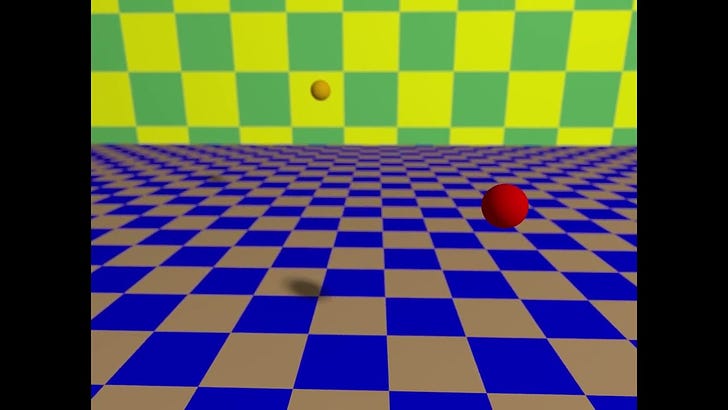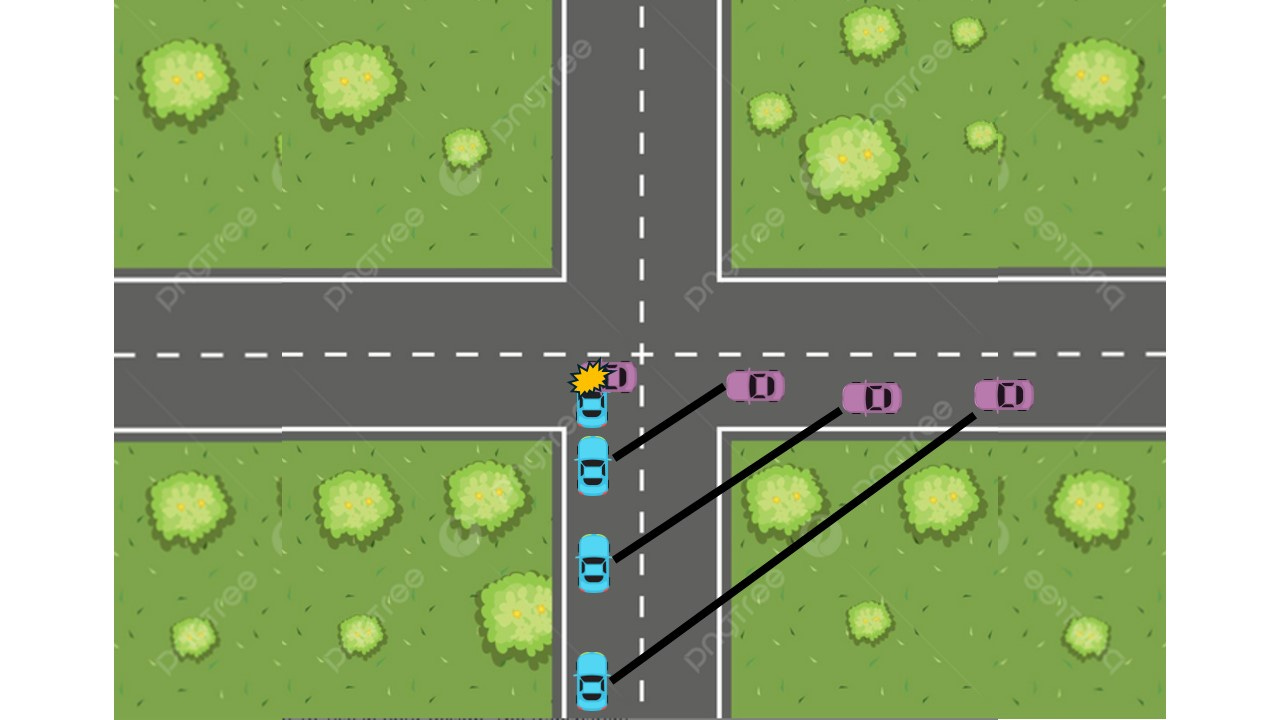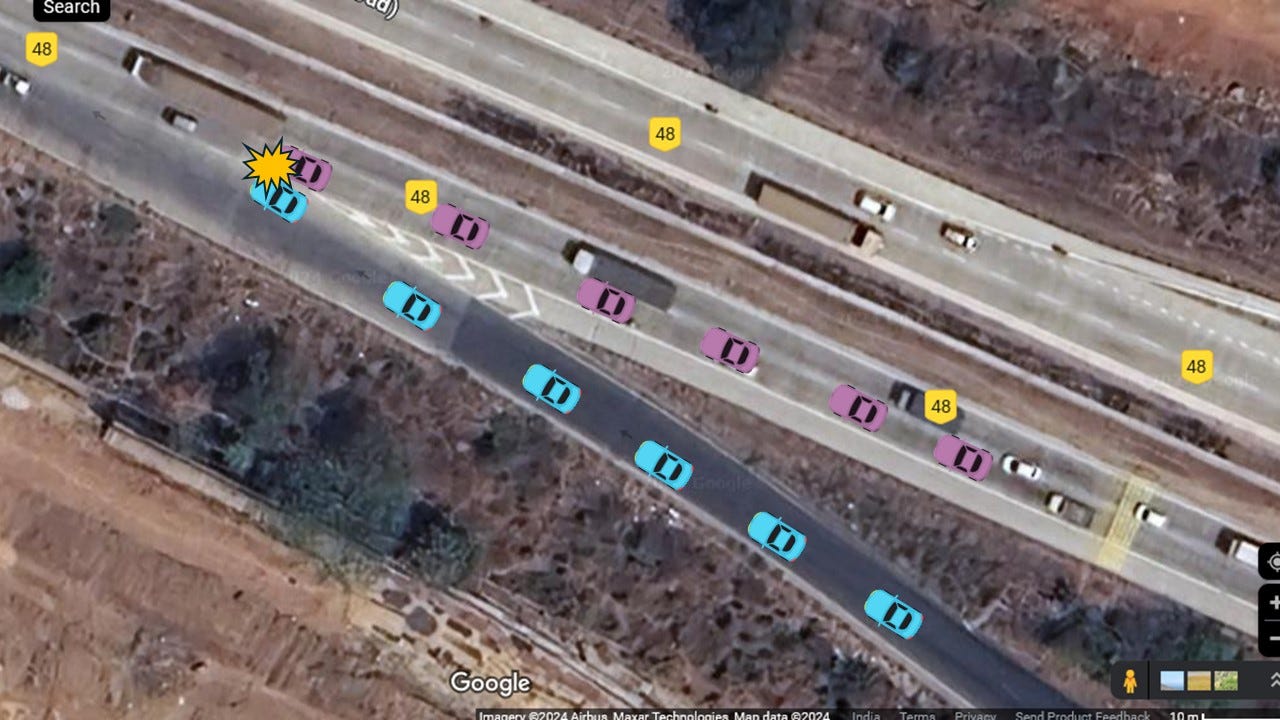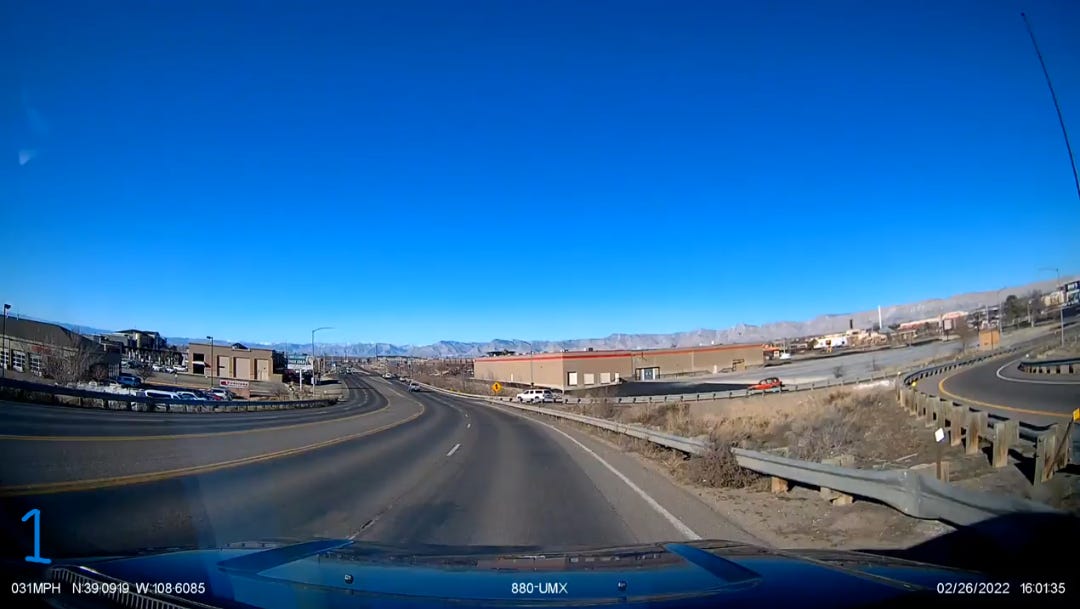Note : This post is originally published by me on teambhp forum and here is the link to the original post.
https://www.team-bhp.com/forum/road-safety/284693-understanding-vision-limits-reduce-risks.html
Introduction :
I have seen few crashes recently where there's a clear pattern in the way the vehicles crashed and thought of writing about it. There might be many more similar crashes in the past but unfortunately I did not find much written about it in India.
The article is divided into 3 parts where we discuss the risks and strategies to minimize the risks.
1. Constant Bearing Decreasing Range - This post
2. Motion Camouflage -
3. Saccadic Masking -
Before going to details, let's see the crash videos and dig deeper into the concept.
1. A biker and a car are approaching an intersection and crashes into each other.
2. A biker changes multiple lanes and crashes with a car
3. A driver can see a merging car but fails to plan ahead and develops a road rage situation
4. A car driver and a biker crashed near a gap in median
These videos and many such clips are avoidable, if the driver recognizes the hazardous situation.
Constant Bearing Decreasing Range :
Constant Bearing, Decreasing Range (CBDR) is a concept used to describe a situation where two objects (such as vehicles, ships, or aircraft) are on a collision course. The key idea is that if the bearing (the angle or direction from one object to the other) remains constant while the distance between the two objects decreases, a collision is likely unless corrective action is taken.
CBDR is very popular in aviation or navy where its very essential to find out, if the ships or air crafts are on about to crash.
As shown in the image below, if two cars are approaching an intersection/highway merging at the same speed, theoretically the angle between them remains constant and there's a crash risk.
Key Concepts of CBDR:
Constant Bearing:
The bearing is the angle from one object to another, typically measured in degrees from a fixed reference point (like true north or the front of a vehicle).
Constant bearing means that this angle does not change over time. If you’re moving in a straight line and another object’s position relative to you stays at the same angle, this indicates a constant bearing.
Decreasing Range:
The range refers to the distance between the two objects.
Decreasing range means that the distance between the two objects is getting smaller over time. This indicates that the two objects are moving closer to each other.
If the bearing is constant and the range is decreasing, it means that the two objects are on a collision course. In simpler terms, they are headed toward the same point at the same time.
How to identify a CBDR situation ?
If you observe another vehicle and it doesn’t appear to move left or right relative to you (i.e., it stays in the same position in your field of view on the windshield or the car windows), but it is getting closer, this indicates a high risk CBDR situation and a chance for a collision.
As an example, check out the position of the red car as visible through the windshield of the dashcam car. The position remains unchanged and the size keeps increasing, indicating a CBDR situation.
Situations Where CBDR situation is more likely
1. Intersections
While approaching an intersection, if another vehicle from a side road appears in your field of vision and stays in the same spot while getting closer, you are likely to collide unless one of you adjusts speed or direction.
2. Merging on to the highway
When merging onto a highway or joining traffic from an on-ramp, if a vehicle in the lane you're merging into appears stationary relative to you but is getting closer, you are at risk of a collision unless you adjust your speed or timing.
A clip from my dashcam where we can see the biker in a CBDR situation with me but reduced crash risk by slowing down.
3. Roundabouts
In a roundabout, if another vehicle appears to remain in the same relative position as you both enter the circle, and the distance decreases, this indicates a potential collision as both vehicles are headed for the same point.
4. Overtaking on single lane roads
On single lane roads, if the overtaking vehicle from the opposite side or when we are overtaking a slow moving vehicle on our side, did not get an exit route to go back to the respective lanes, a head-on crash is imminent. In such cases, a CBDR situation arises as well as we both are headed to the same point and crash.
How to avoid getting into CBDR situation :
1. Check mirrors, windshield and windows - Check your mirrors, windshield and windows to see if any vehicle is maintaining a constant position as it closes the gap. If the vehicle is always in the same spot in your mirror but getting closer, you're in a CBDR situation. If you can see a vehicle approaching and the distance between you is decreasing rapidly without any change in its relative angle (bearing), it’s a clear sign that you’re headed toward the same spot at the same time. This is very critical near intersections, highway merging,roundabouts etc.
2. Change road position or speed - adjust road position or speed to avoid getting into a CBDR scenario
3. Abort overtaking maneuvers, if there is no safe exit route to go back to our lane
Summary of Visual Indicators of CBDR situation:
Vehicle remains at a fixed point in your field of view (constant bearing).
Distance between you and the other vehicle is decreasing.
The other vehicle appears to get larger without changing position in your view.
By being aware of these visual cues and adjusting your driving when you detect a CBDR situation, you can avoid potential collisions on the road.
And by following Stop, Look and Proceed, we can reduce risk, but if the other car also does the same, then we need to above observation to prevent a crash.













